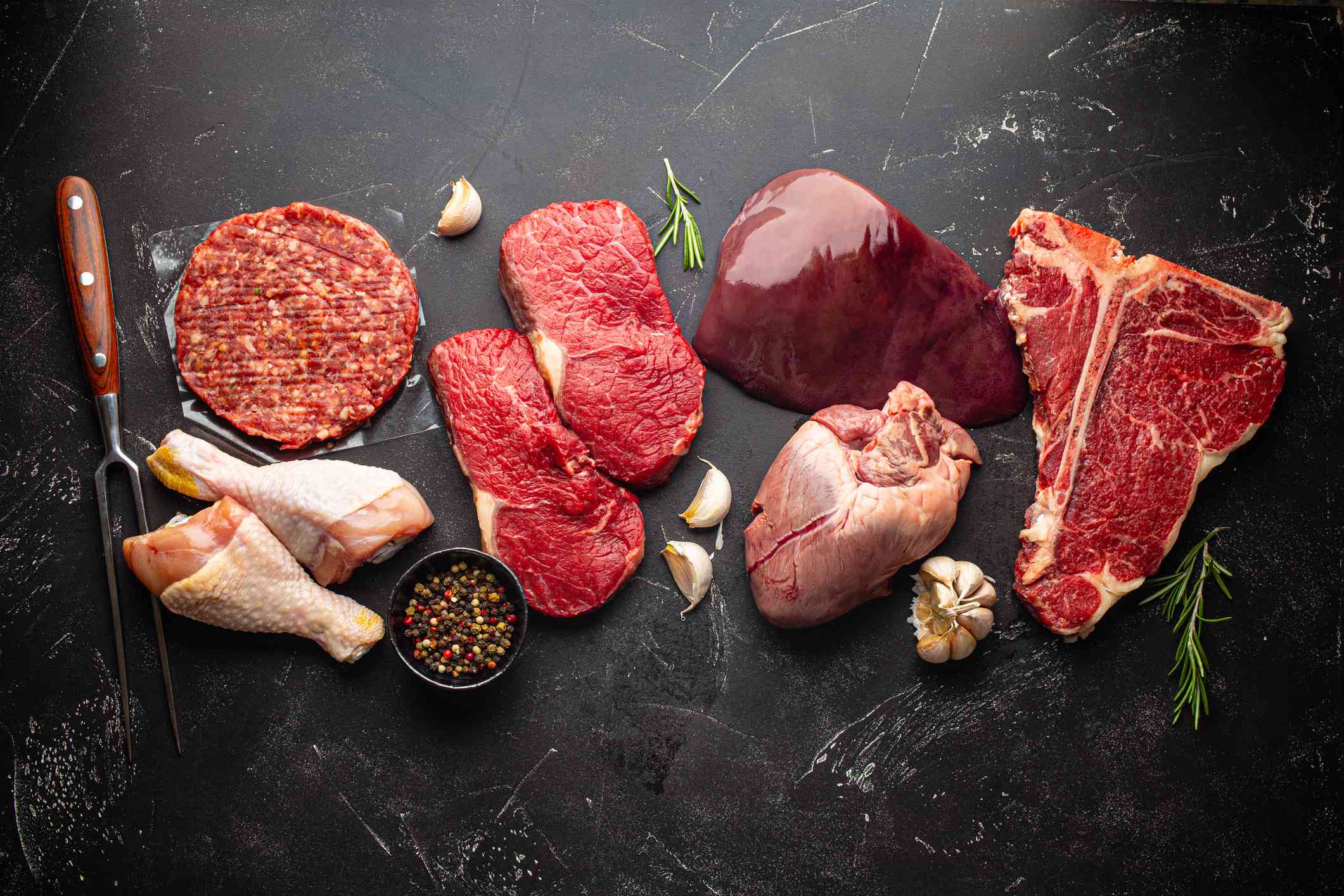Ahh, the Carnivore Diet — where the steak is mighty, the bacon is crispy, and the gnocchi is… nowhere to be seen. If you’ve clicked your way onto this article, chances are you’ve heard rumblings about this meat-centric dietary movement. But fear not, dear reader! This isn’t another fad touted by Instagram influencers and retired baseball players. It’s actually a serious nutritional strategy, backed by some (albeit controversial) science. So, buckle up as we sink our canines into the meaty subject of the Carnivore Diet.
Feasting on the Carnivore Diet Basics
The Carnivore Diet is as simple (or monotonous, depending on your love of greens) as it gets. It’s all about animal products and nothing else. That’s right, cowboys and girls, we’re talking beef, poultry, fish, eggs, and dairy. I hope you weren’t fond of your morning oatmeal, because grains, legumes, fruits, vegetables, and seeds are all banished from the table.
But Why Though?
Naturally, you might be wondering why someone would opt into a diet that makes vegetarian hearts faint. Well, carnivore diet advocates argue that human bodies are primarily designed for digesting meat. They believe that complex carbohydrates (your quinoa, your lentils, your multigrain bread) are the true culprits behind many modern health problems. So, by stripping our plates down to a Flintstonian fantasy, the hope is that we’ll return to a healthier, leaner state of being — provided we don’t topple over from scurvy first.
Fangs or Fiction – The Science of the Carnivore Diet
The science behind the Carnivore Diet is, by and large, anecdotal. That said, certain studies support aspects of the diet. For instance, protein-heavy diets have been linked to weight loss and improved muscle mass. Also, reducing carbohydrate intake can mitigate some chronic diseases. However, please don’t toss your apples just yet. It’s important to remember that going overboard with anything, reincarnating as a T-Rex included, has potential downsides, especially without a comprehensive understanding of the long-term effects.
Can I Stomach the Carnivore Design?
If you’re a die-hard fan of sirloins and drumsticks, this could be your dietary promised land. Vegetarians and vegans, however, might find adjusting to this diet as pleasant as a root canal. It’s also worth noting that starting the Carnivore Diet can cause temporary side-effects, like fatigue, nausea, and irritability, as your body says, “Where’s all the flippin’ fiber?”
Best Paw Forward – Getting Started with the Carnivore Diet
If you’re considering a leap of carnivorous faith, read up on your meat cuts and cooking methods. You’ll want fat-rich, nutrient-dense cuts of meat, not just lean protein. Start slow, maybe with that carnivore diet staple, the ribeye steak. Take it easy. This is not an all-you-can-eat meat buffet. And remember to listen to your body. If your gut is groaning or your mood crashes, it might be time to reassess your dietary choices.
Parting Thoughts
Being a human omnivore gives us nutritional options, and the Carnivore Diet is one such proposal on our culinary canvas. It raises valid questions about our standard diet and challenges us to explore the way we fuel our bodies. However, as with any diet, it’s essential to approach it with a grain of…well, a sprinkle of common sense, since salt is the only seasoning permitted. After all, diets are not a one-size-fits-all concept. They must be tailored to individuals, taking their lifestyle, health goals, and personal preferences into account. So, whether you’re ready to dive in or just dipping your toe, remember, any nutritional journey should be embarked upon as thoughtfully as a lion stalking its prey.
